
Predicting the Woman Hairstyles of the Future: 7 Trends Shaping the Next Decade | Tech & Sustainability
12 min read

12 min read

12 min read
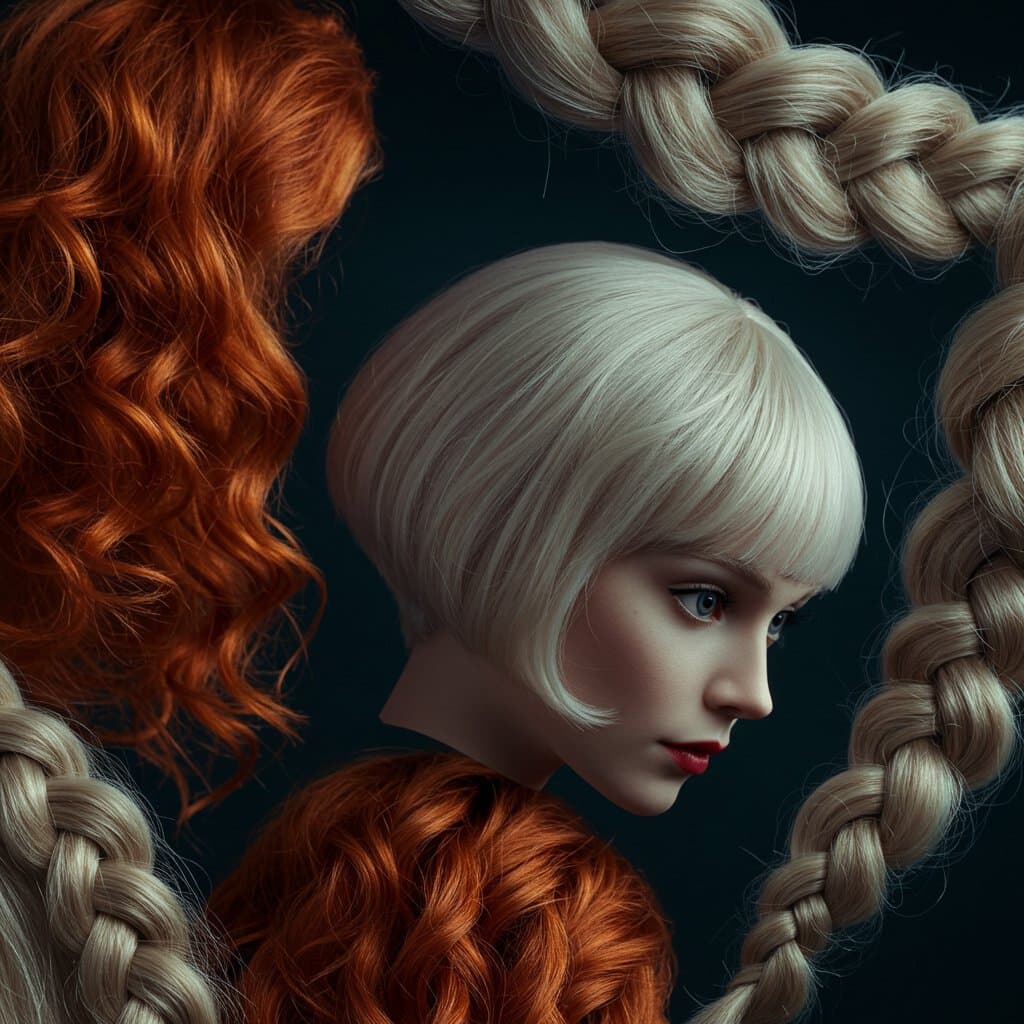
14 min read
Download our app to instantly see how you'd look with any hairstyle or color
Get the App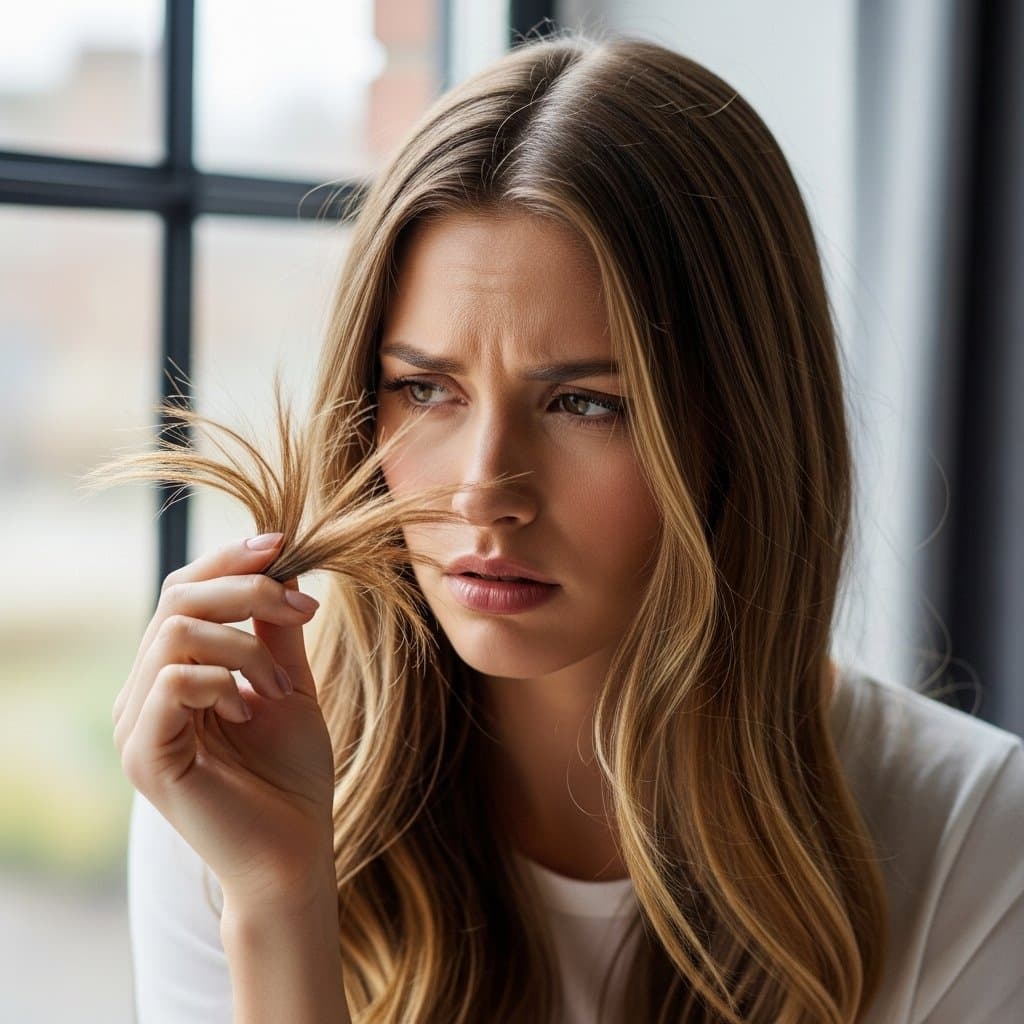
13 min read

15 min gallery

11 min read
Download our app to instantly see how you'd look with any hairstyle or color
Get the AppFar more than just a hairstyle, braids are a profound and intricate art form, a language, and a living library of African heritage. The rich history of braiding in African cultures is a story that stretches back thousands of years, woven into the very fabric of societies across the continent. These elaborate patterns and styles were never merely for aesthetics; they were a complex system of communication, a symbol of identity, and a testament to the resilience and creativity of a people. From the earliest rock paintings in the Sahara to the modern-day salon chair, the legacy of African braiding tells a powerful story of community, spirituality, resistance, and celebration.
Understanding this history is essential for anyone who wears, admires, or styles braids. It adds a layer of depth and respect to the craft, transforming a simple hair appointment into a connection with an ancient tradition. This journey will take us back to 3500 B.C., exploring how braids identified a person's tribe, age, marital status, and social standing. We will uncover the harrowing yet inspiring role braids played as maps to freedom during the transatlantic slave trade and delve into their spiritual significance as a conduit to the divine. Join us as we unravel the threads of this incredible legacy, celebrating the artistry and cultural weight of one of the world's oldest and most meaningful hairstyling traditions.
The origins of African braiding are as old as civilization itself. Archaeological evidence suggests that the practice dates back to at least 3500 B.C. The Himba people of modern-day Namibia, for instance, have been adorning their hair with intricate braids and ochre paste for millennia, a tradition that continues to this day. Cave paintings found in the Tassili n'Ajjer mountain range in the Sahara, dating back over 3,000 years, clearly depict figures with cornrowed hairstyles, showcasing the style's ancient prevalence. These early examples are not just historical footnotes; they are the foundation of a tradition that has been passed down through countless generations, evolving and adapting while retaining its core cultural essence.

Ancient Egypt provides some of the most well-documented evidence of early braiding. Hieroglyphs, sculptures, and even preserved remains show both men and women of various social classes wearing braids. Wigs adorned with elaborate braids, beads, and gold ornaments were common among the elite, signifying wealth and power. For the working class, simpler, more practical braids kept hair neat and out of the way. This demonstrates that from its earliest days, braiding served both functional and symbolic purposes. The famous terracotta heads from the Nok civilization in Nigeria, dating back to 500 B.C., also display incredibly detailed and varied braided hairstyles, further cementing the importance of this art form across different regions of ancient Africa.
In these early societies, a person's hair was their story. The specific style of braid could instantly communicate a wealth of information. An intricate pattern might signify royalty or indicate that the wearer was a warrior preparing for battle. A young woman might wear a certain style to show she was of marriageable age, while a married woman's braids would be entirely different. The complexity of the design, the length of the hair, and the ornaments woven into the braids—such as cowrie shells, beads, or gold—all contributed to a visual narrative that was understood by everyone in the community. Braiding was not a solitary act; it was a deeply communal activity, often performed by elders who would pass down techniques and stories to the younger generation, reinforcing social bonds and cultural knowledge with every twist and plait.
Across the vast and diverse continent of Africa, braiding styles developed into a sophisticated and nuanced language. Each ethnic group cultivated its own unique repertoire of designs, making hair a primary marker of tribal affiliation and cultural identity. For example, the straight-back cornrows, known as Albaso in Ethiopia, were a hallmark of the country's kings and warriors. In West Africa, the Fulani people are renowned for their distinctive braiding patterns, often featuring a central braid down the scalp, adorned with beads and cowrie shells, with the rest of the hair braided into long plaits, sometimes looped on the sides. These weren't just fashionable choices; they were declarations of heritage.
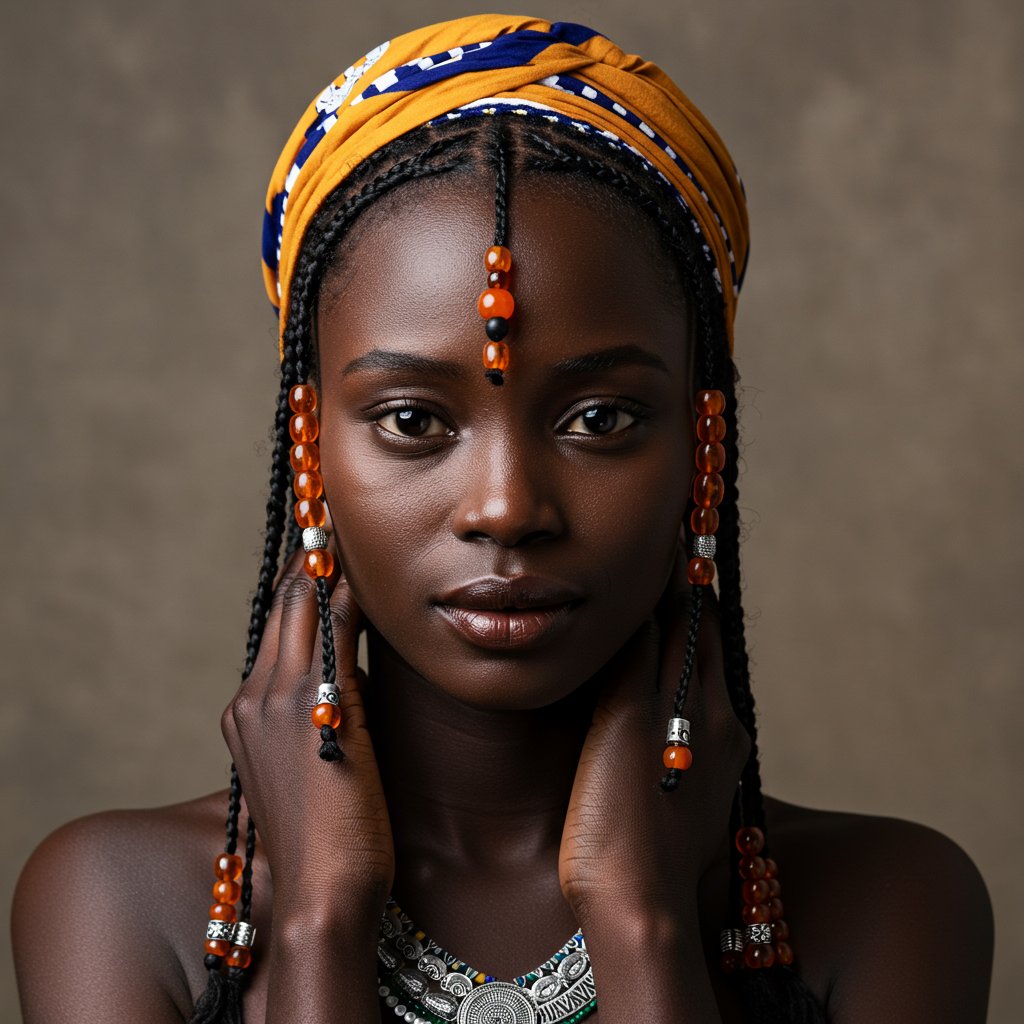
This visual language was incredibly precise. Among the Yoruba people of Nigeria, for instance, the Irun Didi style involved intricate patterns that could be read like a book. The style known as Kohin-sorogun (meaning "turn your back to the jealous rival wife") was a message of defiance worn by a new bride in a polygamous household. Other styles could indicate a person's family lineage, their profession as a healer or priestess, or even their emotional state, such as mourning. The direction of the plaits, the shape of the parts, and the choice of adornments all carried specific meanings, creating a rich visual tapestry that preserved history and communicated social realities without a single spoken word.
The geometric patterns found in many braiding styles were often symbolic. Zig-zag parts could represent the path of life, while intricate, maze-like designs might mimic the layout of a village or a significant local landmark. These patterns were a form of artistry that required immense skill and patience. The act of braiding was a sacred time for bonding, particularly among women. It was a space for gossip, for mentorship, and for the transmission of oral histories. As a stylist plaited a client's hair, they weren't just creating a beautiful design; they were reinforcing community ties and ensuring that cultural traditions would endure for another generation.
The history of braiding in African cultures takes a powerful and poignant turn with the onset of the transatlantic slave trade. During this horrific period, the cultural practices of enslaved Africans were systematically stripped away in an effort to dehumanize them. Their heads were often shaved, severing their connection to their identity, spirituality, and community. However, the ingenuity and resilience of these individuals led to one of the most remarkable and covert uses of braiding in history: as a tool of survival and resistance. Braids became a clandestine medium for communication and a literal roadmap to freedom.
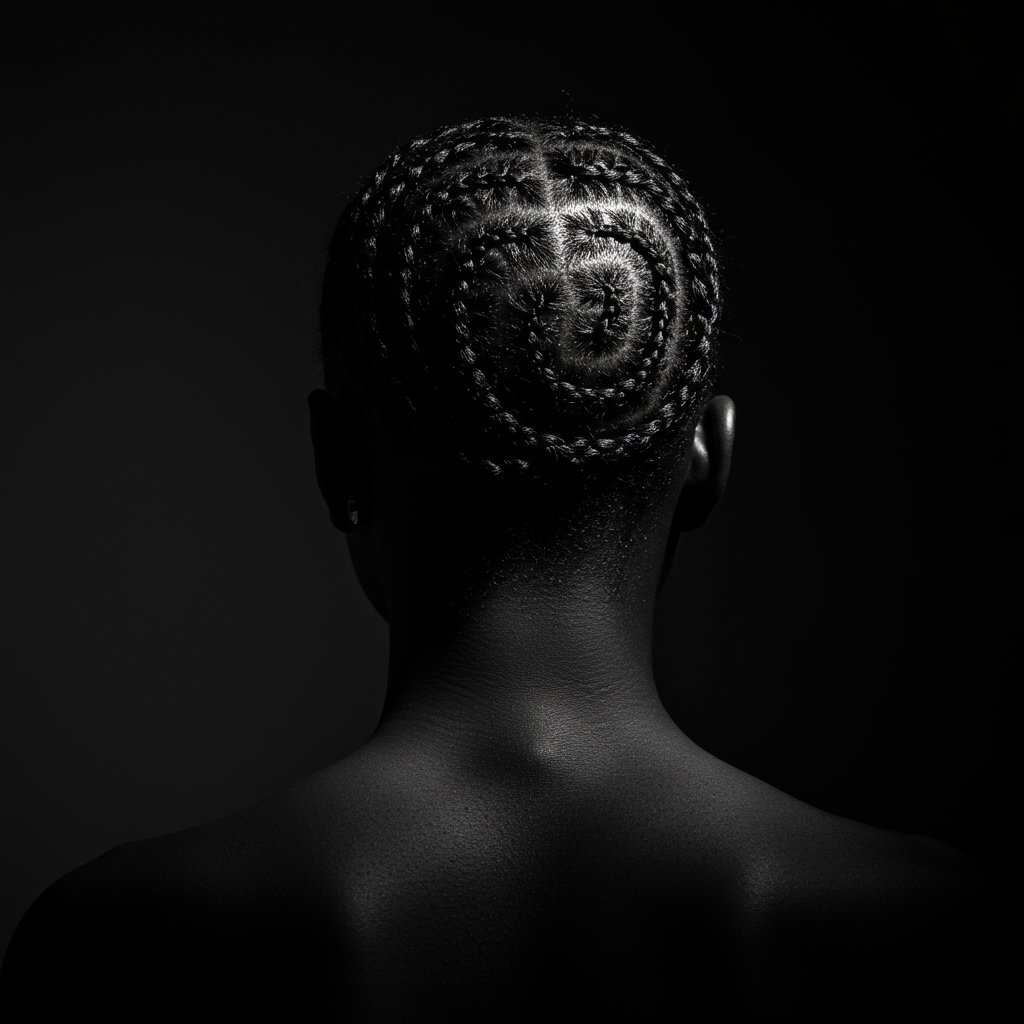
Enslaved Africans, particularly in South America and the Caribbean, began to use cornrows to create intricate maps in their hair. The patterns, which would appear merely decorative to the slave owners, were in fact detailed representations of escape routes. A curved braid could signify a river, a tight knot could mark a specific meeting point or a dangerous area to avoid, and thick braids could represent mountains. This secret language, hidden in plain sight, was instrumental in planning uprisings and guiding escapees along the path to Maroon communities—settlements of formerly enslaved people who had successfully liberated themselves. This incredible act of rebellion demonstrates the profound depth and adaptability of the braiding tradition.
Furthermore, braids were used to transport essential resources for survival. Rice, seeds, and even small gold nuggets could be hidden within thick, tightly woven plaits. By braiding these vital items into their hair, enslaved people could carry the means to start a new life and cultivate their own food if they managed to escape. This transformed a hairstyle into a lifeline, a secret garden, and a treasure chest. The history of braids as maps is a powerful testament to the unbreakable spirit of a people who used their ancestral knowledge not only to preserve their identity but to fight for their very freedom.
In many traditional African cultures, hair is considered a sacred and powerful part of the body. It is seen as the closest point to the heavens, a conduit through which spiritual energy and divine messages could flow. Because of its elevated position on the body, the head and the hair that adorned it were treated with the utmost respect. The act of hair grooming was therefore not just a matter of hygiene or beauty, but a deeply spiritual and meditative practice. It was believed that a person's thoughts and spirit resided in their hair, so only trusted family members or close friends were allowed to touch or style it, to prevent any negative energy from being transferred.
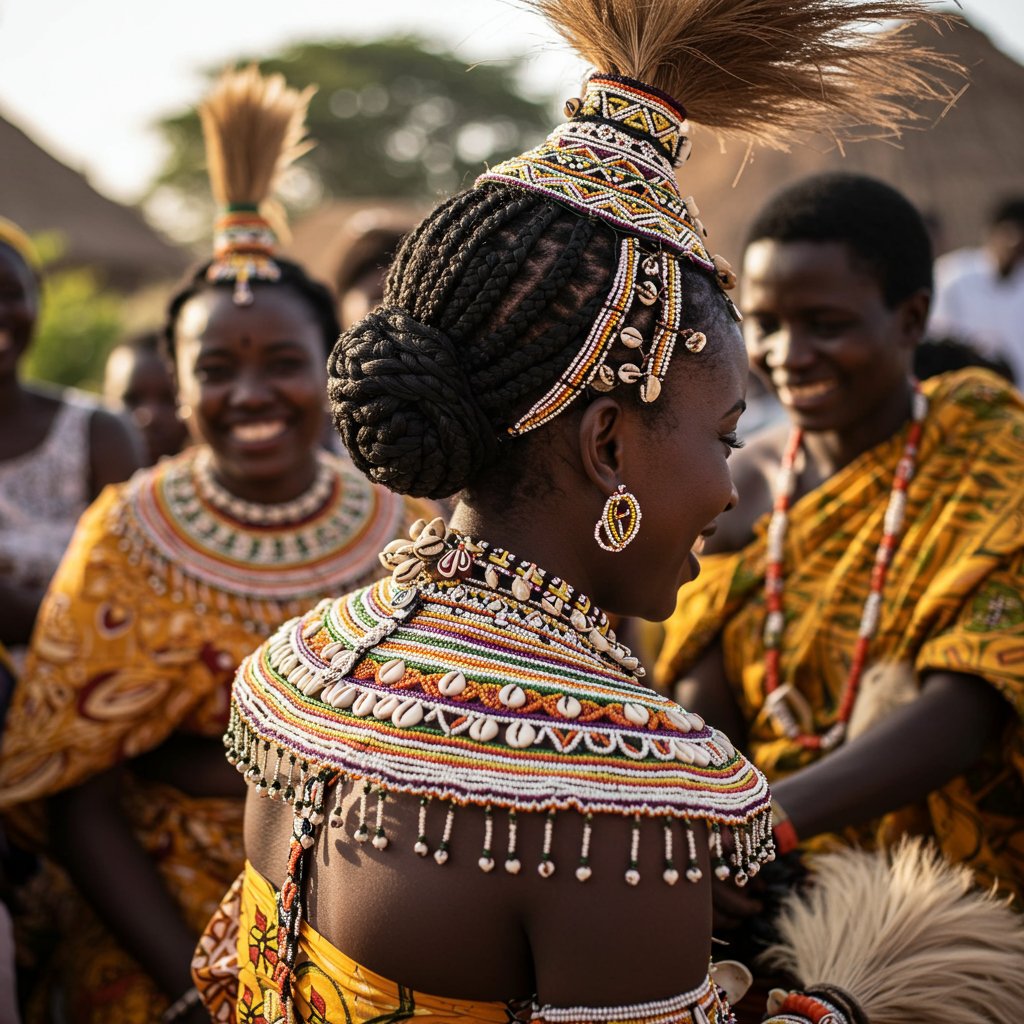
This spiritual connection made braiding an integral part of significant life events and ceremonies. Specific hairstyles were created to mark births, coming-of-age rituals, weddings, and funerals. A newborn's first braids might be simple and symbolic, meant to welcome the child into the community and offer spiritual protection. During initiation ceremonies, young men and women would have their hair styled in elaborate designs to signify their transition into adulthood. Wedding hairstyles were often the most complex, taking days to create and incorporating symbolic ornaments like amber or coral to signify wealth, fertility, and the union of two families. Conversely, in times of mourning, a person might unbraid their hair or shave their head as an outward expression of grief and loss.
The person who braided hair, often an elder woman, held a respected position in the community. They were more than just a hairstylist; they were a confidante, a historian, and sometimes even considered a spiritual practitioner. The process of braiding was intimate and time-consuming, creating a unique space for connection and vulnerability. As they worked, they would often impart wisdom, tell stories, and offer guidance. It was believed that the stylist's hands could imbue the hair with positive intentions and blessings. This elevated the craft from a simple service to a sacred ritual that nurtured both the body and the soul, reinforcing the belief that hair was a direct link between the individual, the community, and the divine.
The journey of African braiding styles is a dynamic story of evolution and adaptation. While the core techniques and cultural significance remain, the styles themselves have traveled across oceans and generations, blending with new influences and technologies. The African diaspora played a crucial role in this evolution. As people of African descent established communities in the Americas, the Caribbean, and Europe, they brought their braiding traditions with them. These styles became a powerful way to maintain a connection to their ancestral homeland and to build a sense of community in new and often hostile environments.
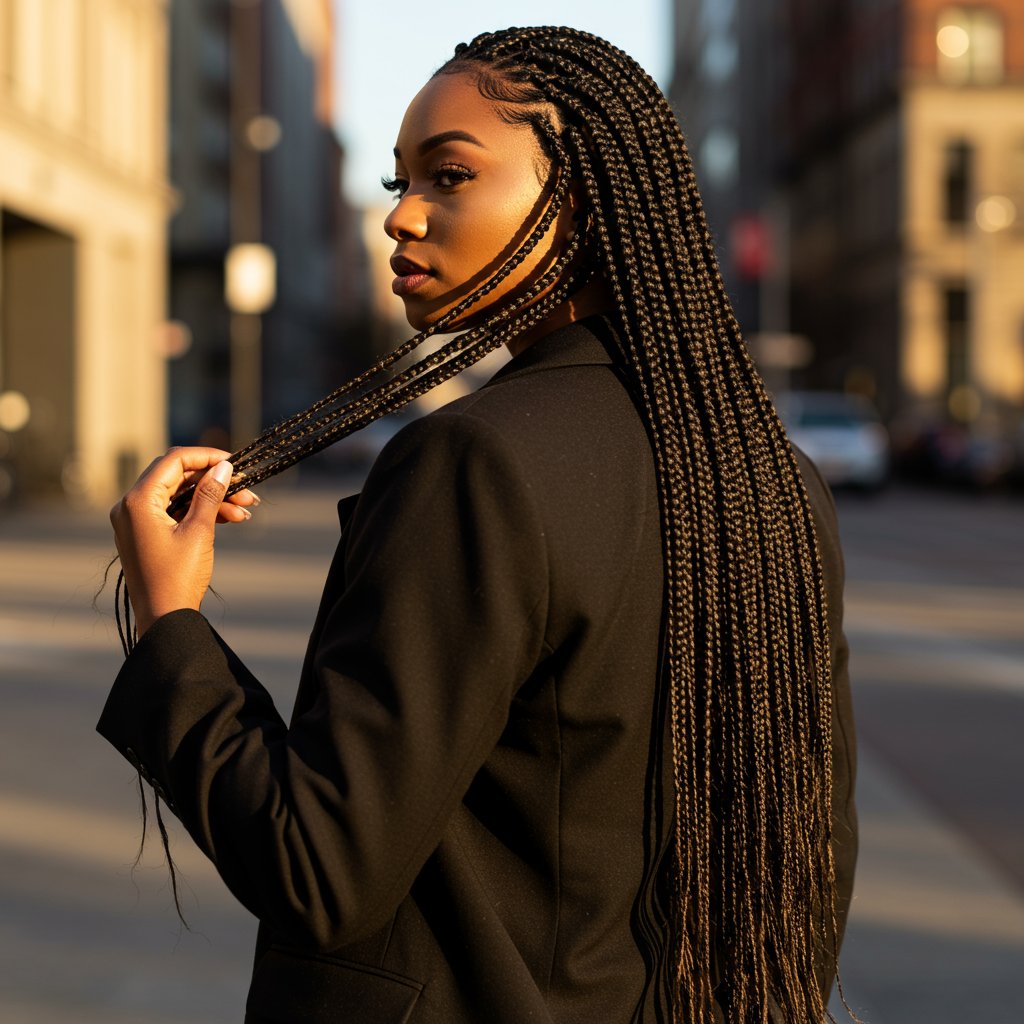
In the 20th century, particularly during the Black Power and Civil Rights movements in the United States, natural hairstyles like the Afro and braids experienced a major resurgence. They became powerful political statements of Black pride, identity, and a rejection of Eurocentric beauty standards. Celebrities and activists like Cicely Tyson and Nina Simone proudly wore cornrows and other braided styles, bringing them into the mainstream consciousness as symbols of cultural pride. This era laid the groundwork for the explosion of creativity and innovation in braiding that we see today. Styles like box braids, Senegalese twists, micro braids, and Fulani braids became globally popular, each with its own unique history and aesthetic.
Today's professional hair salons have become modern-day hubs for this ancient art form. Stylists now have access to a wider range of tools, products, and synthetic hair extensions, allowing for unprecedented creativity. This has led to the development of new and innovative styles like knotless braids, which offer a more comfortable and less tension-filled experience, and intricate stitch braids, which feature razor-sharp parting and a clean, polished look. Yet, even with these modern advancements, the fundamental techniques are often the same ones that have been passed down for centuries. This beautiful fusion of ancient tradition and contemporary artistry ensures that the legacy of African braiding not only survives but continues to thrive and inspire new generations.
As African braiding styles have gained global visibility, they have been embraced by people from all backgrounds around the world. This widespread popularity is a testament to the beauty, versatility, and artistry of the craft. From high-fashion runways to music festivals, braids have become a ubiquitous part of the global style landscape. This has created incredible opportunities for Black stylists and entrepreneurs, who are now recognized as masters of their craft on an international stage. The global demand for these styles has also fostered a greater appreciation for the skill and time required to create them.

However, this global spotlight has also brought the complex issue of cultural appropriation to the forefront. The distinction between appreciation and appropriation is crucial. Cultural appreciation involves honoring and respecting a culture and its traditions, acknowledging their origins, and engaging with them in a knowledgeable and respectful way. Appropriation, on the other hand, occurs when elements of a minority culture are taken and used by a dominant culture, often without understanding, credit, or respect for their original meaning. When braids are rebranded with new names like "boxer braids" and credited to non-Black celebrities, it erases the rich history of braiding in African cultures and disconnects the style from its roots.
Navigating this issue requires education and respect. It's important for everyone, especially those outside of the culture, to understand that these are not just trendy hairstyles; they are a significant part of Black history and identity. Acknowledging the origins, using the correct terminology, and supporting the Black stylists and communities who are the custodians of these traditions are essential steps. By doing so, we can ensure that the global popularity of braids serves to celebrate and uplift their cultural heritage, rather than diminish it.
In the 21st century, professional hair salons specializing in braiding have become vital institutions for the preservation and continuation of this cultural legacy. These spaces are more than just businesses; they are community centers, sanctuaries, and classrooms where ancient traditions are kept alive. Experienced stylists are the modern-day keepers of this art form. They possess not only the technical skill to execute complex designs but also the historical knowledge and cultural understanding that give the styles their meaning. They are the direct inheritors of a lineage of braiders stretching back thousands of years.
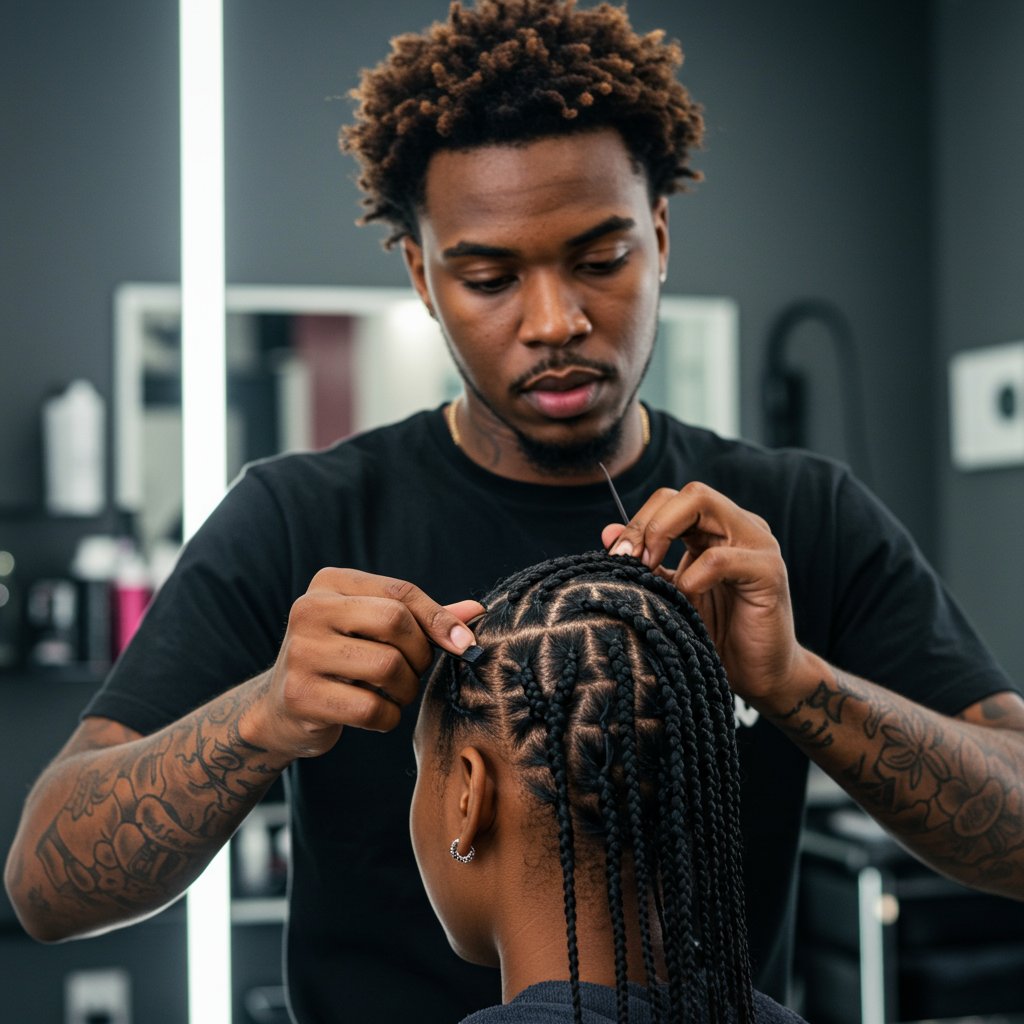
These stylists play a crucial role in educating their clients about the history and significance of the styles they choose. A consultation for a set of Fulani braids can become a lesson in West African heritage; a discussion about cornrow patterns can touch upon their use as maps to freedom. This educational component elevates the salon experience, transforming it into an act of cultural immersion and appreciation. By sharing these stories, stylists ensure that the deep-rooted history of braiding in African cultures is not lost or forgotten in the face of mainstream trends.
Furthermore, these salons are incubators for innovation. While they honor traditional techniques, they also push the boundaries of the art form, creating new styles and adapting old ones for contemporary lifestyles. They experiment with color, length, and accessories, proving that tradition is not static but a living, breathing entity that can evolve without losing its soul. By providing a professional and welcoming environment, modern salons empower both stylists and clients to celebrate Black hair in all its beauty and versatility, ensuring that this incredible artistic and cultural heritage will be passed down to future generations.
---
Honoring the artistry of braids also means caring for them properly. Proper maintenance not only keeps your style looking fresh but also protects the health of your natural hair underneath.
1. What is the oldest known braided hairstyle? The earliest evidence points to cornrow-style braids, depicted in Saharan rock art dating back over 3,000 years. The Venus of Willendorf, a statuette estimated to have been made around 25,000 B.C., also appears to show a woman with rows of plaits, suggesting the practice is truly ancient.
2. Did men in ancient African cultures also wear braids? Absolutely. In many African societies, men wore intricate braids to signify their status as warriors, kings, or elders. Styles for men were just as complex and meaningful as those for women, as seen in depictions from ancient Egypt, Ethiopia, and Nigeria.
3. How did braids communicate social status? The complexity of the design, the length of the hair, and the types of ornaments used were all indicators of social standing. Royalty and the wealthy could afford the time and resources for extremely elaborate styles adorned with gold, beads, and cowrie shells, which were once a form of currency.
4. What is the difference between cultural appreciation and appropriation of braids? Appreciation involves understanding and respecting the cultural significance of braids, acknowledging their African origins, and giving credit where it's due. Appropriation often involves taking the style without context, renaming it, and profiting from it while ignoring or erasing its cultural roots, particularly when done by members of a dominant culture.
5. Are cornrows and Dutch braids the same thing? No, they are technically different. Cornrows are created using an underhand braiding technique where the braid is raised and sits on top of the scalp. Dutch braids use a similar underhand technique but are often larger and not braided as close to the scalp. The term "cornrow" is deeply rooted in African and African-diasporic history.
6. Why is it important to go to a professional for intricate braiding? A professional stylist trained in traditional and modern braiding techniques understands how to protect the health of your natural hair. They can ensure proper tension, create clean parts, and offer expert advice on maintenance, which is crucial for preventing hair damage and achieving a long-lasting, beautiful style.
The rich history of braiding in African cultures is a powerful narrative of identity, artistry, and resilience. It is a story told in the twists of hair, the patterns on a scalp, and the hands that have passed down these traditions for millennia. From their ancient origins as social and spiritual identifiers to their modern-day status as global fashion statements, braids have remained a constant and profound symbol of Black culture and heritage. They are a testament to the fact that hair can be so much more than just hair—it can be a map, a prayer, a statement of pride, and a connection to one's ancestors.
As we continue to celebrate and wear these beautiful styles, it is our collective responsibility to honor their deep and meaningful history. By understanding the stories woven into each plait, we pay respect to the generations who came before and ensure that this incredible legacy continues to be told. Whether you are a stylist perfecting your craft or a client wearing a new set of box braids, you are participating in a timeless tradition that is as beautiful and enduring as the people who created it.
Download our app to instantly see how you'd look with any hairstyle or color
Get the App
12 min read

12 min read

14 min read